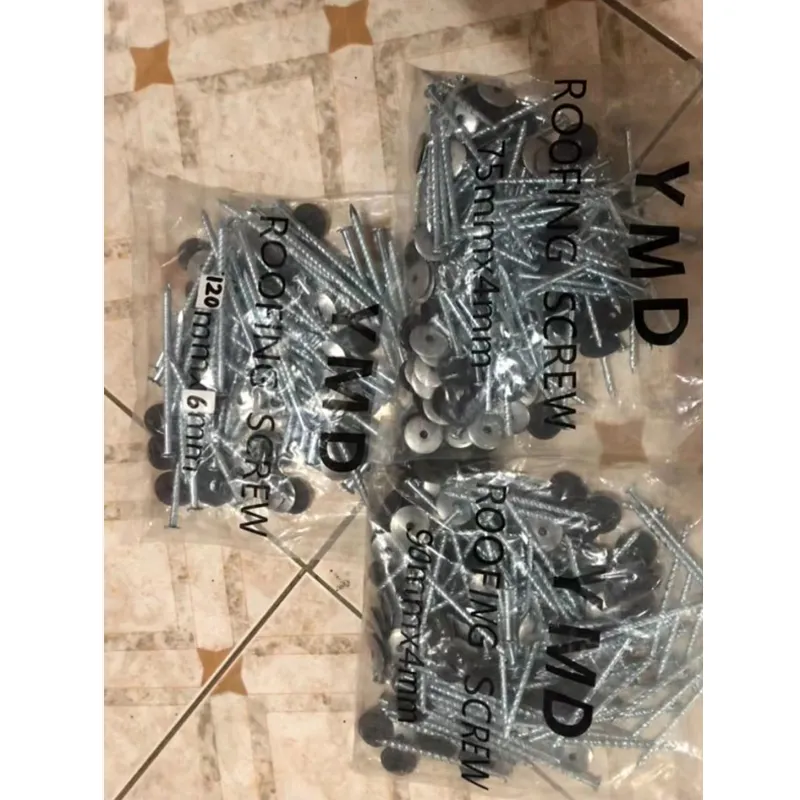11 月 . 02, 2024 18:43 Back to list
hose crimp
Understanding Hose Crimping A Key Process in Fluid Power Applications
Hose crimping is an essential process in the fluid power industry, playing a crucial role in the assembly of hoses and fittings used in various applications. It involves the use of specialized equipment to permanently attach metal fittings to flexible hoses, creating a secure, leak-proof connection that can withstand high pressures and rigorous operational environments.
At its core, hose crimping is about creating reliable connections. Whether in hydraulic systems, pneumatic applications, or even in automotive and industrial machinery, hoses serve as vital conduits for fluids, allowing for the transfer of hydraulic power, lubrication, or cooling. A poorly crimped hose can lead to leaks, hose failures, and potentially hazardous situations, making it imperative that the crimping process is executed with precision and care.
The Crimping Process
The crimping process begins with the selection of the appropriate hose and fitting for the specific application. Factors such as the type of fluid being transferred, pressure ratings, and temperature variations all play a significant role in this choice. Once the right components are determined, the hose is cut to the required length, and the fitting is prepared for attachment.
Using a hydraulic or mechanical crimping machine, the fitting is placed onto the hose. The machine applies consistent pressure to compress the fitting onto the hose, creating a tight seal. This process is monitored using crimp specifications, which detail the required diameter and depth of the crimp. Adhering to these specifications is crucial for ensuring a strong bond between the hose and fitting, minimizing the risk of leaks or failures in the system.
Importance of Proper Crimping Techniques
hose crimp

Proper crimping techniques are vital for ensuring the longevity and reliability of hoses. Several factors can influence the quality of a crimp, including the type of crimping die used, the machine's calibration, and the operator's skill. Regular maintenance and calibration of crimping machines are essential to maintain performance standards.
Additionally, operators must be trained to recognize the signs of a poorly crimped hose. This may include visual inspections for uneven crimp depth, as well as pressure testing the assembly to confirm integrity under operational stress. Many industries now employ the use of crimping machines equipped with digital readouts and sensors to provide feedback during the crimping process, enhancing precision and reducing the margin for error.
Applications of Hose Crimping
Hose crimping is widely used across various sectors, including agriculture, construction, automotive, and manufacturing. In hydraulic systems, such as those found in excavators and forklifts, reliable hose connections are critical for efficient operation. In the automotive realm, crimping is essential for connecting brake lines and cooling systems, where failure can have dire consequences.
Conclusion
In summary, hose crimping is a vital process that ensures the safety and efficiency of fluid power systems. By employing correct techniques and maintaining proper equipment, industries can prevent failures and ensure smooth operations. As technology advances, the crimping process continues to evolve, promising even greater precision and reliability in the connections that underpin modern machinery and equipment. Whether in industrial settings or everyday applications, the importance of hose crimping cannot be overstated.
-
Secure Your Roof with Quality Roofing Nails
NewsNov.04,2024
-
Secure Your Property with Quality Field Fencing
NewsNov.04,2024
-
Enhance Your Space with Quality Mesh Fencing
NewsNov.04,2024
-
Discover the Versatility of Iron Wire for Your Projects
NewsNov.04,2024
-
Discover the Versatility of Common Nails for Your Projects
NewsNov.04,2024
-
Discover Quality Hydraulic Fittings for Your Applications
NewsNov.04,2024









